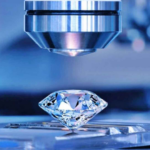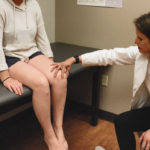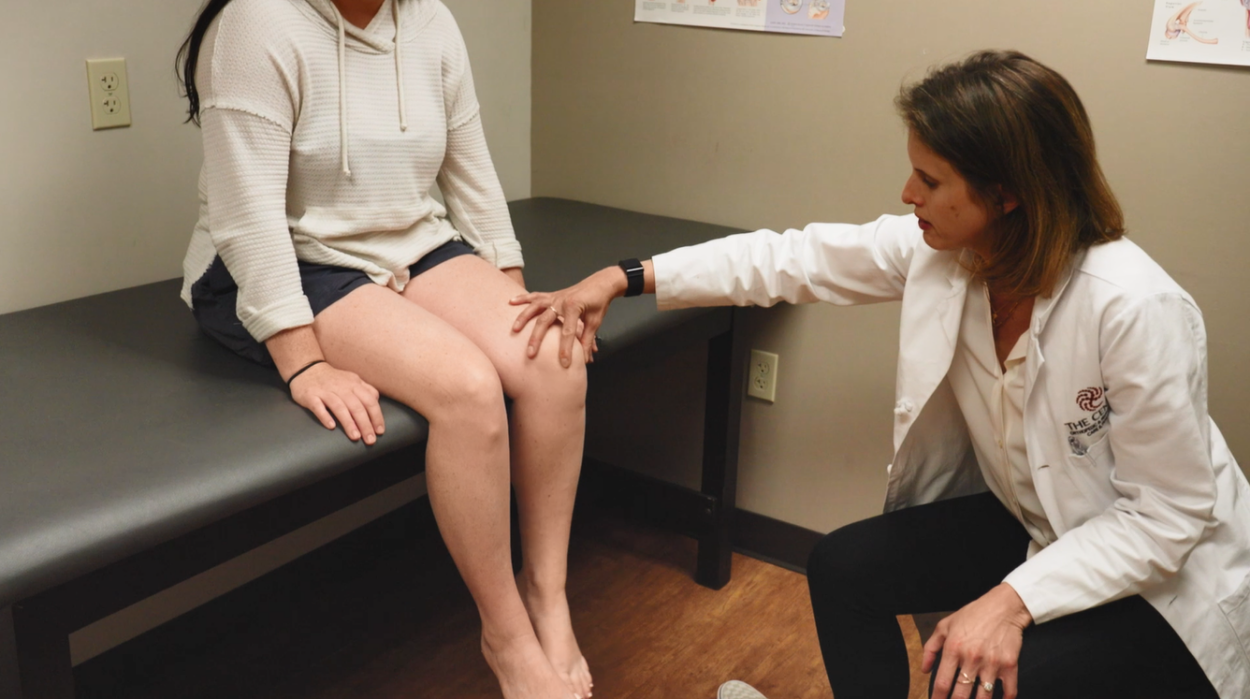How do ACL tears happen?
More often than not, ACL injuries happen in a non-contact fashion, like quickly changing directions to evade a safeguard in soccer or landing from a layup in basketball. The unexpected power from a turn or landing may cause the ligament to tear.
Why are ACL tears more common in female athletes?
The structure of the knee joint in women plays a major job in putting them at a higher gamble for an ACL tear. Women’s joints — including the knee — generally have more detachment and range of movement than men’s. Women also frequently have less bulk around the knee, adding to more instability, which can lead to a ligament tear on the off chance that the ligament gets overstretched.
Technique differences also play a job. While descending from a leap, female athletes will generally land in a collapsing pattern, moving their knees inward and frequently not bowing them enough. The combination of these factors makes an ACL tear more likely.
Is ACL tear treatment different for female athletes?
The treatment choices for ACL tears are the same, regardless of your orientation. They typically incorporate physical therapy, anti-inflammatory medications and, frequently, surgery. However, there is an advantage in working with a sports medicine specialist who understands that the ACL tear mechanism in women is different from how it happens in men. The person can give recommendations to further develop technique or strengthen certain muscle gatherings to assist with preventing a subsequent injury.
Is surgery always necessary after an ACL tear?
Not necessarily. The choice to repair an ACL tear with surgery ought to factor in age, current activity level and desired activity level. Women who are more seasoned and/or don’t participate in many extreme focus game or leisure activities could seek great results from physical therapy alone. Meanwhile, women who play sports or have knee-straining position or side interests, like dancing, may profit from surgery to recover as much capability as conceivable and proceed with their active way of life. A sports medicine specialist can assist with concluding which choice is ideal.
Are women more likely to re-tear an ACL?
The same mechanism that prompted the main injury can lead to a subsequent one. An ACL tear can happen again, either in the reconstructed knee or in the healthy knee. The quality of the reconstruction, activity level and game of decision all play a job in reinjury risk.
Unfortunately, it’s as yet conceivable to re-tear an ACL that was reconstructed and rehabilitated flawlessly. The higher the activity level, the higher the gamble.
What can female athletes do to prevent ACL tears?
Sports injuries are always a chance, regardless of whether you everything right. Yet, there are steps you can take to limit risk factors related to your technique, training and way of life. The accompanying recommendations are all equally important in preventing ACL tears and different sports injuries:
-
Practice great technique. While not a guarantee, legitimate technique while training and playing a game can assist with warding off sports injuries. Work with your coach and/or your sports physical therapist to recognize ill-advised structure and correct it.
-
Avoid working out while excessively fatigued. At the point when you’re tired, it’s easier to make mistakes or disregard great technique. Getting sufficient rest and halting an exercise before exhaustion sets in help to prevent injury.
-
Work to foster muscle bunches equally. Core and extremity strength are equally important. Zeroing in on one while overlooking different increases your gamble of injury.
-
Create a balance among strength and adaptability. Both tight and overstretched muscles are more inclined to injury.
-
Chipping away at strength and adaptability in moderation is critical.
-
Eat a balanced eating routine. Unfortunate nourishment leads to decreased strength, endurance and attention.
-
Eating great can assist with working on your concentration and performance.
Relevant Content Search:
Injuries |
how to prevent acl tears |
how to prevent acl injuries |
how to prevent acl injuries in females |
acl tears in female athletes |
non contact knee injury |
nrl injuries |
ireland rugby injuries |
emmett till injuries |
nba injuries |
liverpool injuries |
russell franke injuries |
freddie flintoff injuries |
injuries |
propeller injuries |
ice packs for injuries nz |
shoulder injuries |
premier league injuries |
crusaders injuries |
alison botha injuries |
all blacks injuries |
epl injuries |
man city injuries |
rugby injuries |
hamstring injuries |
tail bone injuries |







